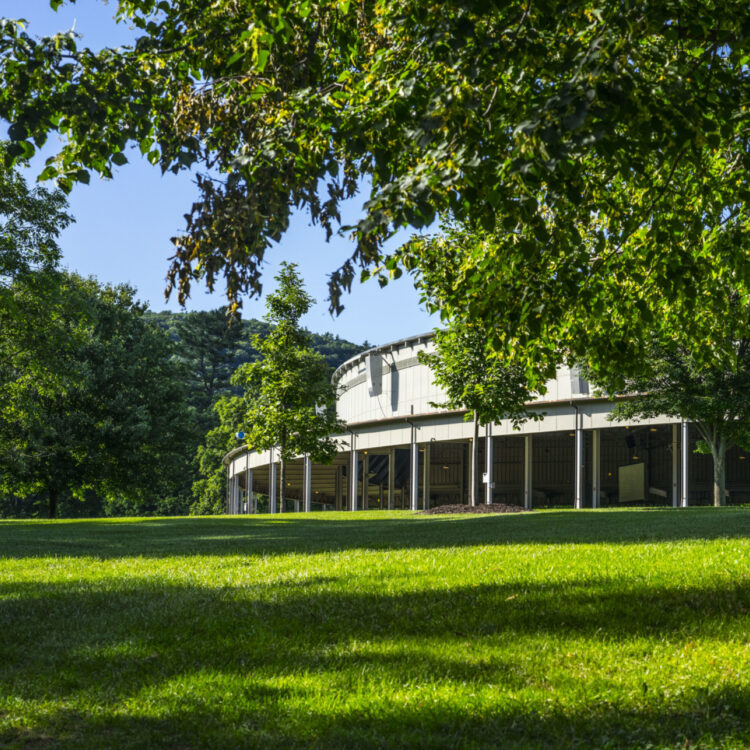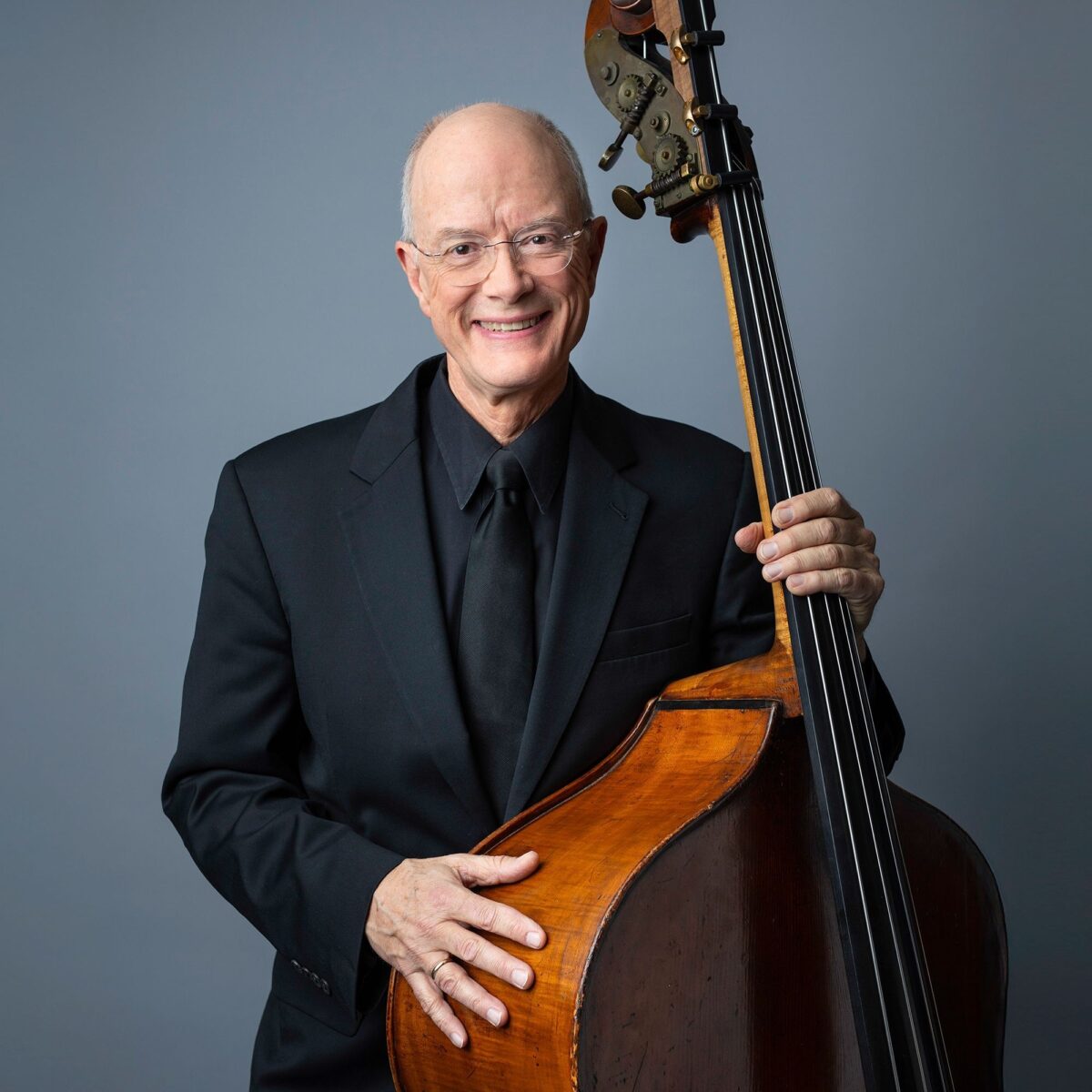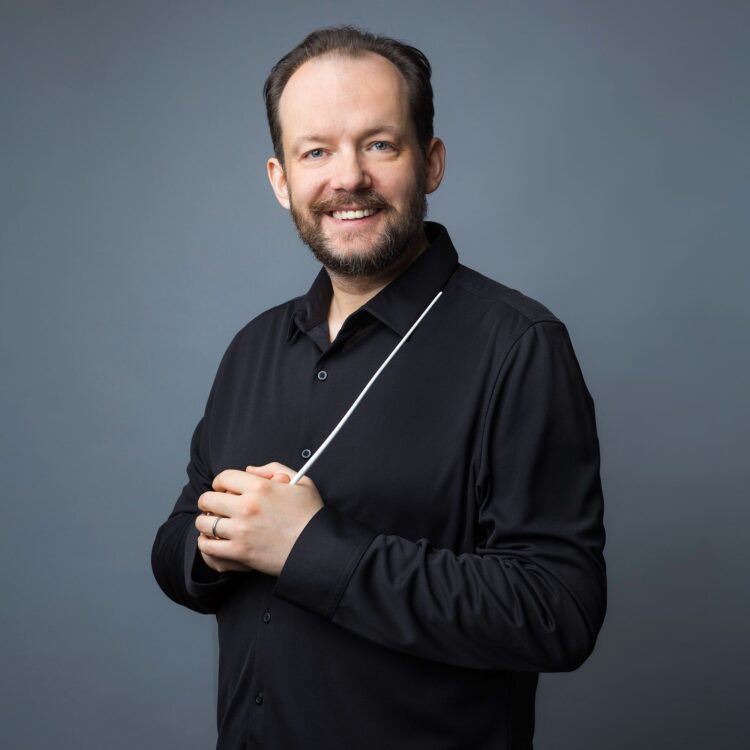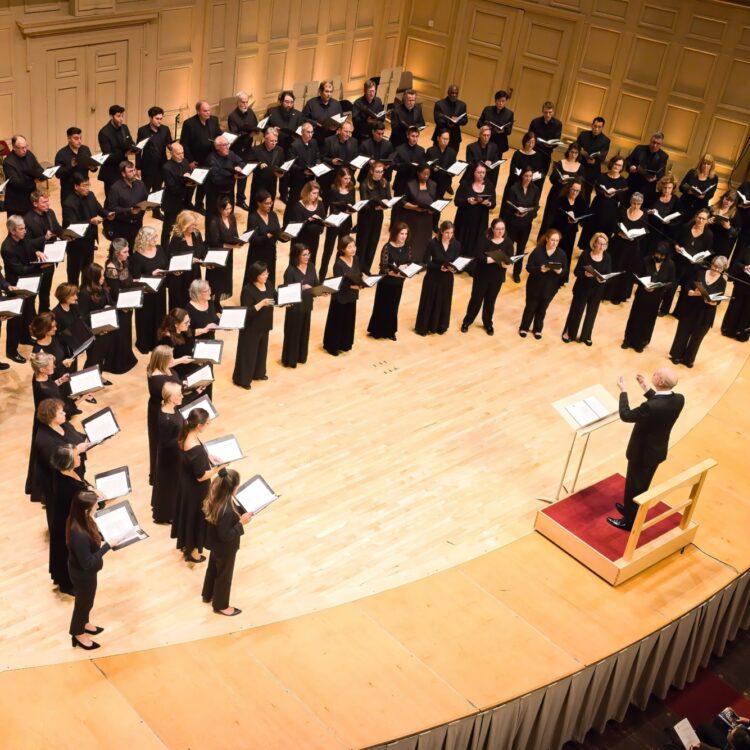Andris Nelsons conducts Mackey, Koussevitzky, Sibelius, and Scriabin

Tanglewood
Koussevitzky Music Shed, Lenox/Stockbridge, MA
Boston Symphony Orchestra
Andris Nelsons, conductor
Yefim Bronfman, piano
Edwin Barker, double bass
Will Liverman, baritone
Tanglewood Festival Chorus
James Burton, conductor
Steven MACKEY Urban Ocean
KOUSSEVITZKY Double Bass Concerto
-Intermission-
SIBELIUS The Origin of Fire for baritone, male chorus, and orchestra
SCRIABIN Prometheus, Poem of Fire, for piano, chorus, and orchestra
Tonight’s concert is generously supported by Eitan and Malka Evan.
This evening's performance by the Tanglewood Festival Chorus is supported by the Alan J. and Suzanne W. Dworsky Fund for Voice and Chorus.
In tribute to Serge Koussevitzky’s legacy, Andris Nelsons and the BSO dedicate this concert series to the trailblazer, opening with Koussevitzky’s virtuosic Double Bass Concerto performed by the BSO’s own Edwin Barker.
Baritone Will Liverman and the Tanglewood Festival Chorus join the program for two impassioned works: Sibelius’ The Origin of Fire and Scriabin’s Prometheus, Poem of Fire, which Koussevitzky led the 1925 Boston premiere of.
Performance Details
Jul 26, 2024, 8:00pm EDT
Featuring
Program Notes & Works
Urban Ocean
Urban Ocean casts the sea as mysterious, deep, vast, powerful, and teaming with life of which we can usually only perceive the tip of the iceberg, so to speak. The land is bright and bustling with bittersweet humanity. The two worlds are represented in their own distinct sections then listen to, ret...
Double Bass Concerto
The Origin of Fire for baritone, male chorus, and orchestra, Opus 32
In part because of the performing forces required for a piece this brief, The Origin of Fire is less familiar than many of Sibelius’s other Kalevala-based works. It’s a wonderful example of his approach to the material, combining harmonic and orchestral sophistication with music tied closely to Finn...
Prometheus, Poem of Fire, for piano, chorus, and orchestra, Opus 60
For Prometheus, Alexander Scriabin conceived a visual dimension: a “color organ” that would correspond to the work’s musical content.












